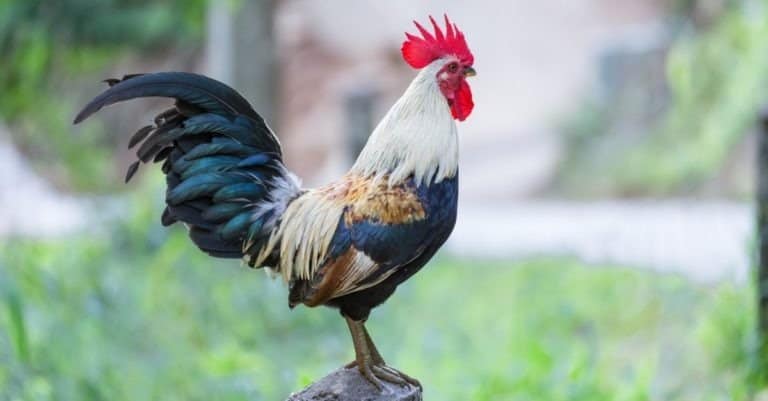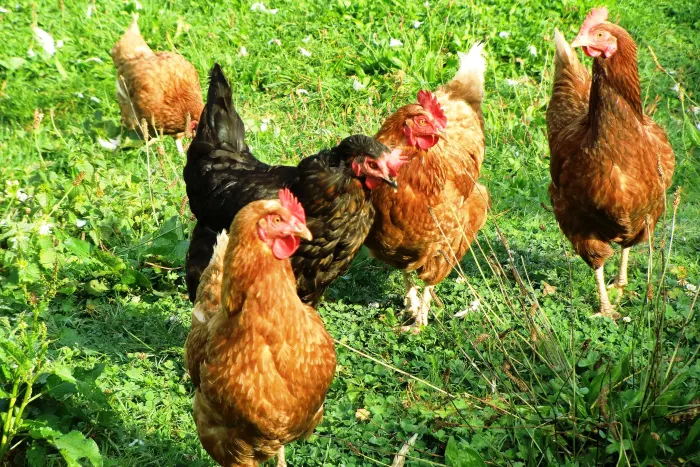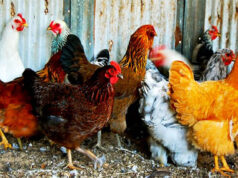Poultry enthusiasts, rejoice! The fight against Gumboro Disease in chicken has reached new heights with the advent of tremendous technology. This article dives deep into understanding, managing, and preventing this notorious affliction that affects our beloved chickens.

Introduction to Gumboro Disease
Gumboro Disease, also known as Infectious Bursal Disease (IBD), is a highly infectious viral disease among chickens. It primarily targets the immune system, leading to devastating economic losses in the poultry industry. The virus specifically infects the bursa of Fabricius, a vital organ in young chickens responsible for developing their immune system.

Historical Overview
Discovery and Initial Outbreaks
Gumboro disease was first discovered in Gumboro, Delaware, USA, in the early 1960s. Initial outbreaks caused significant concern due to the high mortality rates and rapid spread of the disease.
Global Spread
Since its discovery, Gumboro disease has spread worldwide, affecting poultry farms in numerous countries. This global spread has prompted extensive research and development of control measures, including vaccines and biosecurity protocols.

Pathogenesis
The Gumboro virus targets the bursa of Fabricius, an organ located near the cloaca of young chickens. The virus replicates in the bursa, leading to its destruction and severe immunosuppression. This immunosuppression makes the birds susceptible to secondary infections, exacerbating the morbidity and mortality associated with Gumboro disease.

Clinical Signs and Diagnosis
Acute Form
The acute form of Gumboro disease manifests in young chickens aged 3 to 6 weeks. Clinical signs include depression, ruffled feathers, diarrhea, and a sudden drop in feed and water consumption. Mortality rates can reach up to 80% in severe outbreaks.
Chronic Form
In older birds, the disease tends to assume a chronic form, characterized by slower growth rates, increased susceptibility to other infections, and a general decline in flock performance.
Diagnostic Methods
Clinical Examination
Veterinarians often rely on clinical examination and observation of symptoms to diagnose Gumboro disease. The sudden onset of clinical signs in young birds, coupled with the characteristic bursal lesions, provides crucial diagnostic clues.
Laboratory Testing
Laboratory testing, including polymerase chain reaction (PCR) and enzyme-linked immunosorbent assay (ELISA), is essential for definitive diagnosis. These tests detect the presence of the virus and measure specific antibodies, confirming the infection.
Transmission and Epidemiology
Gumboro disease is highly contagious and spreads rapidly through direct contact with infected birds, contaminated equipment, and environmental factors. The virus persists in the environment for extended periods, making eradication challenging.
Impact on the Poultry Industry
Gumboro disease poses significant economic challenges for the poultry industry. High mortality rates, reduced growth performance, and increased susceptibility to secondary infections result in substantial financial losses for farmers and poultry producers.
Management and Prevention
Vaccination Strategies
Vaccination is a primary tool for controlling Gumboro disease. Various vaccine types, including live attenuated and inactivated vaccines, are available. Vaccination schedules must be carefully planned to ensure timely and effective protection.
Biosecurity Measures
Implementing stringent biosecurity protocols is crucial in preventing the introduction and spread of Gumboro disease. Measures include controlling access to poultry houses, proper sanitation practices, and minimizing contact between different age groups of birds. More on poultry diseases
Technological Advancements
Innovative Diagnostic Tools
Recent advancements in diagnostic technology have revolutionized the detection and monitoring of Gumboro disease. Rapid and accurate tests, such as real-time PCR and point-of-care assays, allow for timely intervention and control measures.
Optimized Vaccination Protocols
Scientists and researchers continue to develop and refine vaccination protocols, incorporating advanced technologies to enhance vaccine efficacy and minimize adverse effects. These innovations hold promise for more effective Gumboro disease management in the future.
Case Studies
Successful Eradication Efforts
Several regions around the world have successfully eradicated Gumboro disease through rigorous vaccination campaigns, biosecurity measures, and continuous monitoring. These success stories serve as models for other areas striving to control the disease.
Lessons from Outbreaks
Analyzing past outbreaks provides valuable insights into the factors contributing to the spread of Gumboro disease and highlights the importance of early detection and swift response.
Future Prospects
The future of Gumboro disease management looks promising, with ongoing research focused on developing novel vaccines, improving diagnostic techniques, and enhancing biosecurity measures. Collaborative efforts between scientists, veterinarians, and poultry producers will play a crucial role in eradicating this disease.
FAQs
Q: What are the primary symptoms of Gumboro disease in chickens?
A: The primary symptoms include depression, ruffled feathers, diarrhea, and a sudden drop in feed and water consumption.
Q: How is Gumboro disease transmitted?
A: Gumboro disease is highly contagious and can be transmitted through direct contact with infected birds, contaminated equipment, and environmental factors.
Q: What measures can be taken to prevent Gumboro disease?
A: Preventive measures include vaccination, implementing stringent biosecurity protocols, and maintaining proper sanitation practices.
As an Amazon Associate, I earn from qualifying purchases.
Conclusion
Understanding and managing Gumboro disease in chickens is vital for maintaining the health and productivity of poultry flocks. With tremendous technological advancements and collaborative efforts, the future looks promising for controlling and eventually eradicating this challenging disease.
For related topics on chicken health, you can visit our articles on chicken muscle disease, chicken respiratory disease, and Marek’s disease in chickens.









